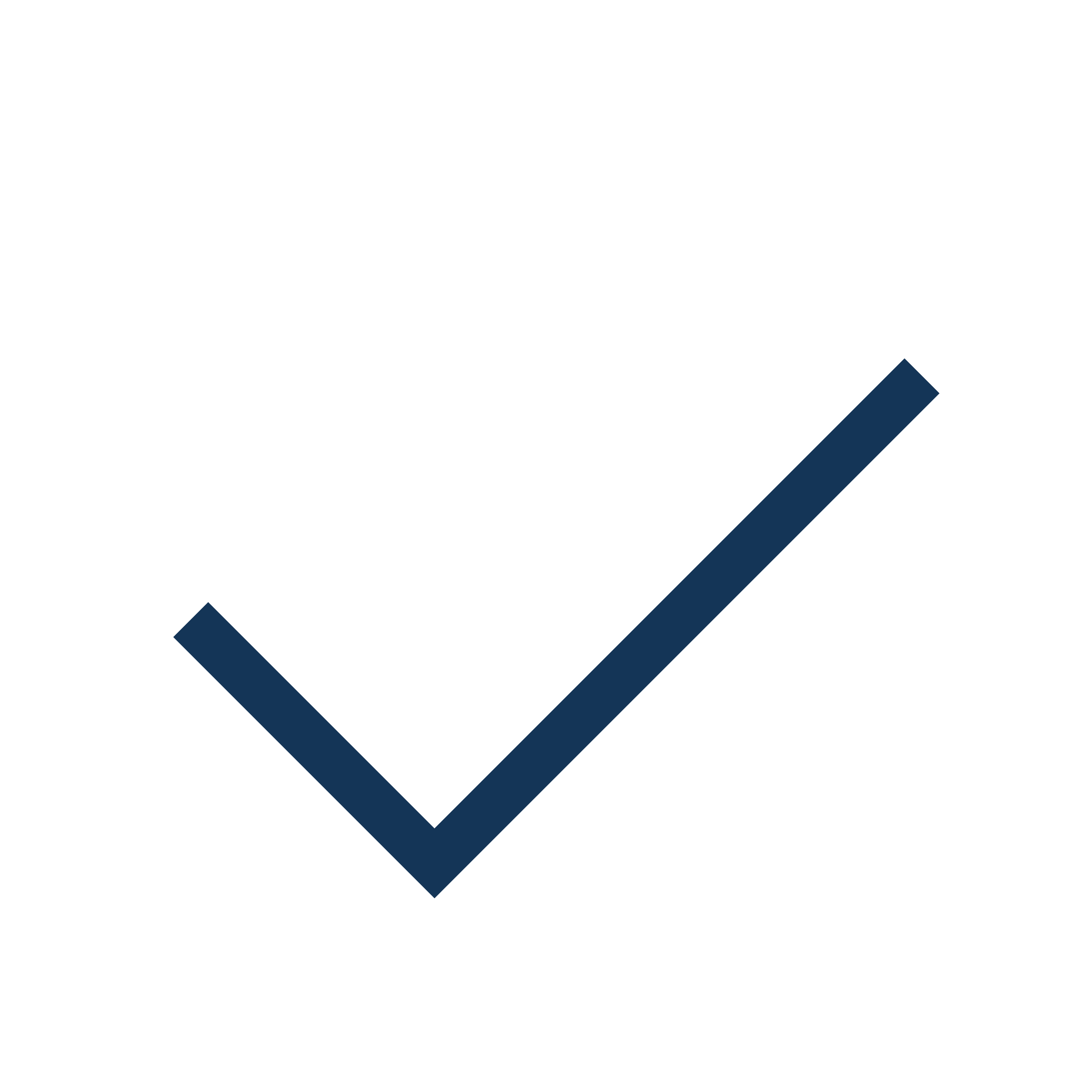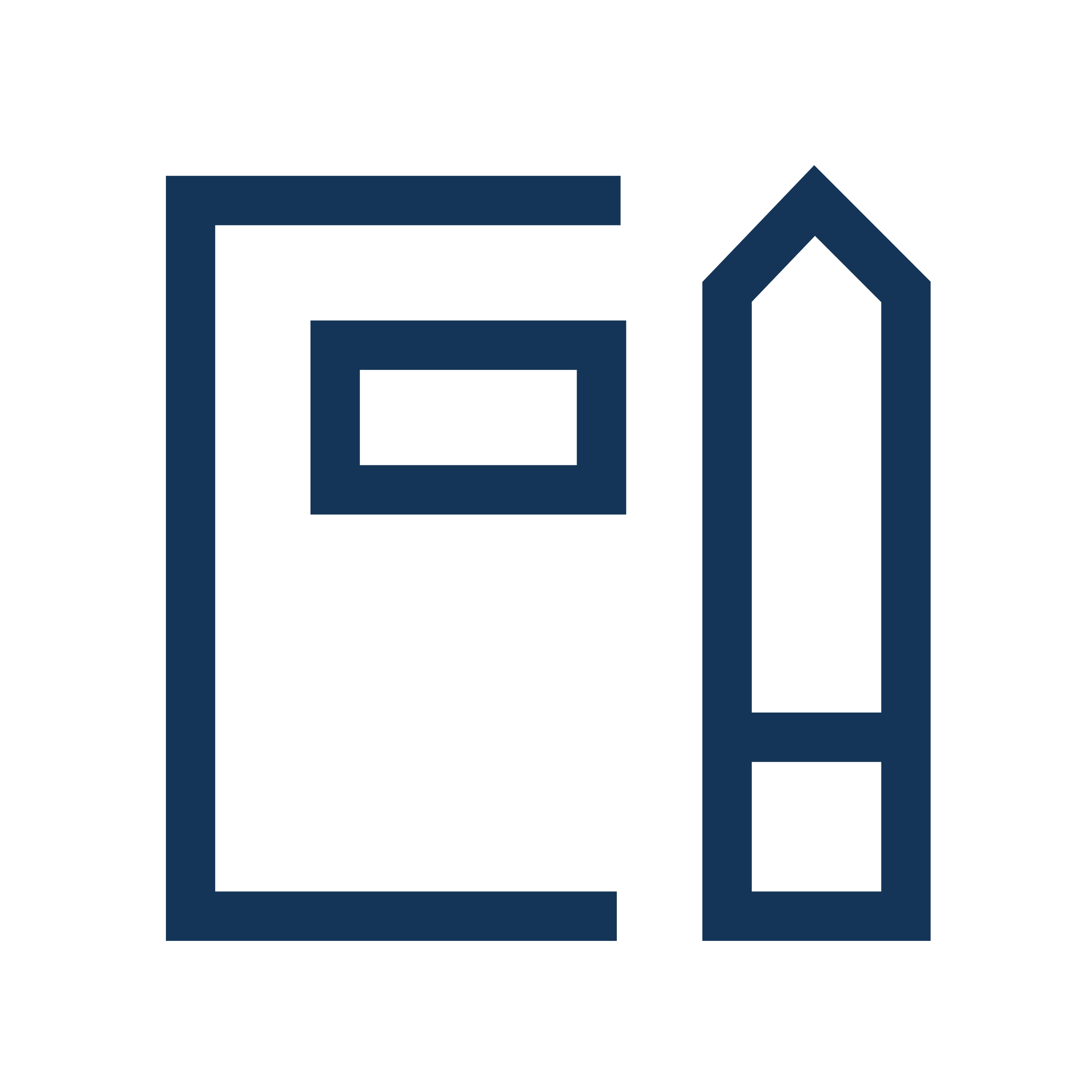Security Architecture
Experience has enabled our team to refine their skills and techniques through hands-on deployments in securing diverse cloud infrastructures. Leveraging their collective expertise to communicate complex security concepts effectively, Devious Plan fosters a culture of security awareness and knowledge-sharing.
Security Architecture aims to ensure the confidentiality, integrity, and availability of data and systems, while also addressing compliance requirements. With the systematic design, implementation, and management of security measures, Devious Plan can help protect an organization's information, assets, and resources from various threats and risks. This involves a methodology that helps ensure that the security controls and mechanisms are well-planned, comprehensive, and aligned with the organization's goals.
THE SECURITY ARCHITECTURE PROCESS INCLUDES:
Asset identification
To begin, we need to understand what needs protecting and what could be a target, the process identifies and categorizes the organization's critical assets, including hardware, software, data, personnel, facilities, and intellectual property in scope. Understanding what needs protection is essential to tailor the security measures accordingly.
Risk Analysis
This step involves analyzing the likelihood of threats occurring and their potential impact. This can also include risks associated with misconfigurations, external-facing vulnerabilities, weaponized vulnerabilities, malware within a cloud environment, and remediation lag. In addition, the failure of the cloud providers to live up to their side of the “shared responsibility model”.
Requirements Gathering
Gather and define security requirements based on the client’s business objectives, compliance regulations, and industry standards.
Design, Design Review, and Design Remediation
Depending on the engagement, the application, and the timing in the design cycle we can guide teams in the design workflow during the ideation, threat model existing designs, and guide architectural remediation.
Technology and Supply Chain Review
Review of software bill of materials (SBOM) for all dependent components and establishment of continual automated supply chain risk/vulnerability detection. Modern software development commonly is the sum of its parts. Many of those parts source from open or commercial source third parties. Managing risk from those third parties has become a “supply chain” risk. The manner of choosing third party partners, and the ongoing management of their risk features strongly here
Testing and Validation
Developing software validation cycles is important during the entire application lifecycle. Architecting the automation and manual processes for validation in the design workflow supports continuous processes. This includes design of the supply chain, automated scanning, manual revie, and penetration testing features and components in an iterative agile workflow.
Monitoring and Incidence Response Review
This section considers what continuous monitoring mechanisms can be used to detect and respond to security incidents in real-time. In addition, develop incident response plans to handle security breaches effectively upon detection. Threat intelligence is a consideration here for continuous update of threat signatures.
Maintenance and Updates
Develop automated frameworks for the detection of updates and their deployments.
Education and Training
Devious Plan is uniquely positioned to help provide training and awareness programs to educate development teams about security best practices and their role in maintaining a secure environment.With our team’s experience working with OWASP Chapters, we can help guide your team in the security domain.
Documentation
Yes. Documentation. Living comprehensive documentation of your application, and your team’s efforts are important. Not only for easing the onboarding burden for new team members, but as documentary evidence that your team and organization exercise “due care” during the entire development lifecycle. The documentation of the security architecture, including design decisions, configurations, policies, and procedures provides any auditor, or legal team, with the resources to help your team gain certification and protect your organization.










